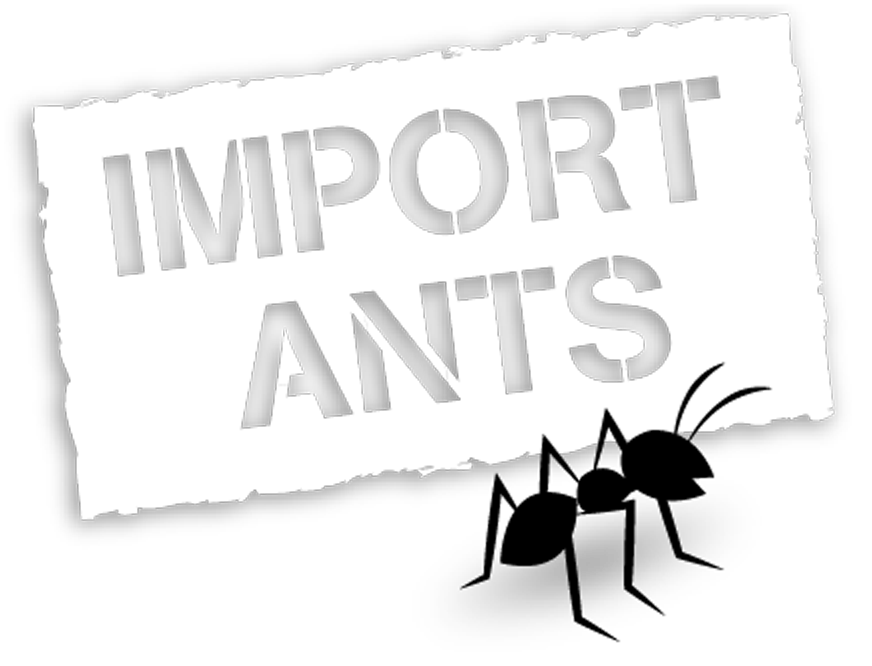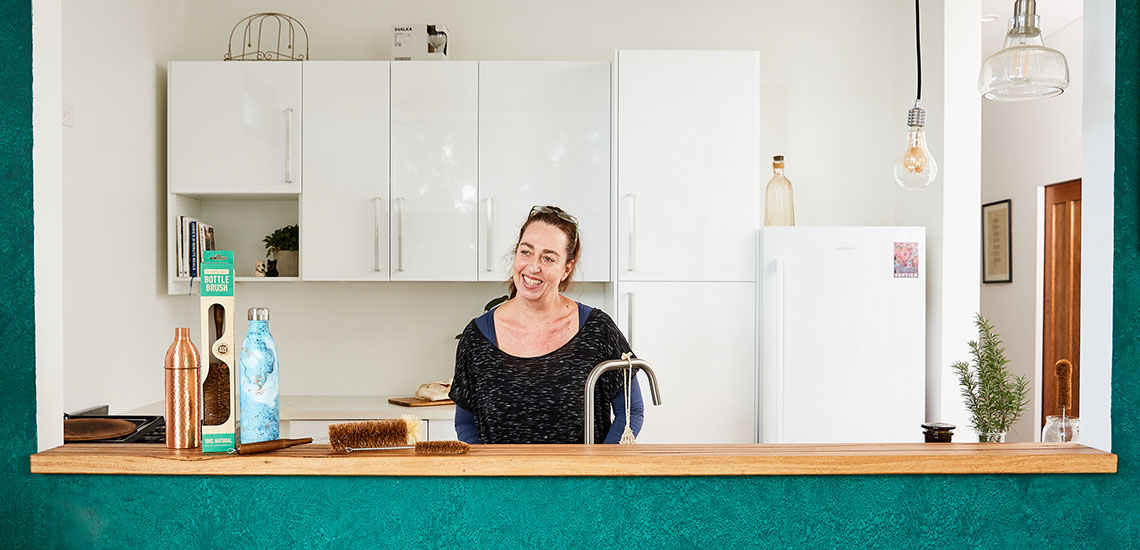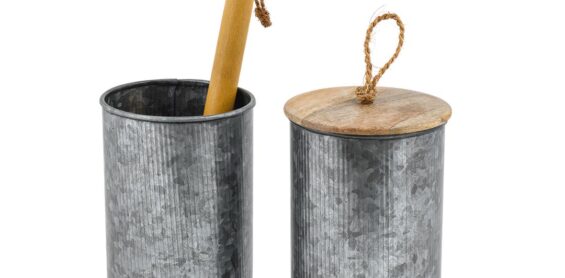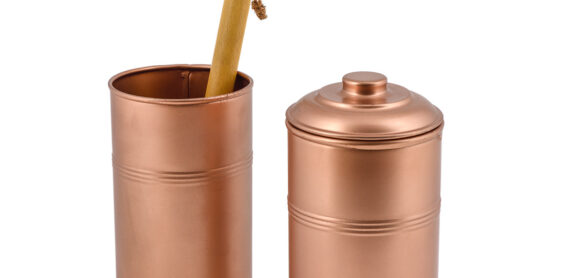I’m guilty. I admit it. And I bet many of you are the same.
I’m guilty of just “fill and forget” with my water bottle. That was until I read a peer reviewed study titled “The Cleanliness of Reusable Water Bottles: How Contamination Levels are Affected by Bottle Usage and Cleaning Behaviors of Bottle Owners”
When was the last time you gave a thought to how clean your water bottle is?
As bacteria are naturally present in drinking water and can reproduce in the presence of nutrients in saliva and backwash you can see how easy it is for water to become contaminated. According to the FDA Food Code (16), water is considered a food. Reusable bottles are therefore food-contact surfaces requiring proper cleaning and sanitizing. “Unfortunately, consumers may not be aware of the potential hazards related to water bottles; thus, there is a possibility for complacency with regard to cleaning behaviours. “ the report said.
But how healthy is my water bottle?
You may think that, since it’s only filled with water, a reusable bottle would stay clean. But this constant moist environment is a perfect breeding ground for mould and potentially nasty bacteria like E. coli. As soon as you take that first sip whatever was on your lips or in your mouth leaves traces in your remaining water. Yuk! Yes even bits of food can end up in your water bottle. According to this study not cleaning your water bottle can put you at risk of many waterborne diseases. This is particularly true for immune compromised people, older adults, and young children.
Now most bacteria found in water bottles comes from you, the bacteria that live in your mouth and throat. Each person has their own unique set of bacteria that our own bodies know and that don’t make us sick. But you pick up germs from everything you come in contact with, door handles, light switches other people and you transfer these germs to your drink bottle through touch.
What you can’t see!
The study tested 90 different varieties of water bottles, glass, hard plastic, soft plastic and metal and found significant levels of contamination with all three tests that they used. The readings for glass bottles where significantly lower than for metal bottles and hard plastic. This might be attributed to the fact that glass is nonporous and easy to clean, but perhaps more importantly, it is easy to see when it is sufficiently clean, compared to plastic or metal bottles. We simply do not see inside our water bottles so we tend to forget who clean they are, the old out of sight, out of mind trick.
The highest levels of contaminant where for bottles that had been used for water and other beverages such as coffee, tea and carbonated drinks. This might be partially due to the fact that coffee and tea leave residues that are hard to remove from food-contact surfaces, and that soda type drinks contains sugar, which cannot be removed easily by rinsing. Those residues are exactly what bacteria like to adhere to and the sugar and milk could provide nutrients for bacterial growth.
Heat helps bacteria grow!
Temperature also plays a part. Bacteria grow most rapidly in the range of temperatures between 40°F and 140°F, doubling in number in as little as 20 minutes. When you look at how we carry our water bottles around all day leaving them in cars, in the sun on our desks, on bikes and bags it is easy to see that any bacteria present in our bottles have ample opportunity to grow.
Now don’t get me wrong I am NOT saying don’t use a reusable water bottle, I am saying you might want to rethink how you care for it. Reusable water bottles have been one of the best things ever. So much plastic waste is saved by using one and not buying bottled water. Also it is good to remember that people with a healthy immune system generally will be okay going a day or two between washing their bottle however, the study did show that Reusable water bottles need to be thoroughly sanitized to reduce the number of harmful microorganisms to safe levels and that this is something we should all be aware of.
Reusable water bottles need regular cleaning to keep these bugs at bay.
So how often should I clean my water bottle?
Best practice so far that will ensure your bottle is clean no matter what its shape or material it is made from is to wash your bottle nightly.
- Wash Nightly – scrub your water bottle with a brush and hot soapy water inside and out taking particular care with any mouth pieces or pop out straws. Using a brush is highly recommended for children’s bottles and particularly important if you have used your water bottle for anything other than water. This includes tea, coffee, fruit juices, soft drinks, soda water and cordial. Remember the fats and sugars leave a residue that water alone will not remove so using a brush will make sure that the interior is completely clean and sanitized.
- Discard any remaining water and rinse before refilling – If you refill your water bottle during the day, by discarding any remaining water and rinsing your bottle you lessen the risk of a buildup of bacteria. The study found increases in some readings with the frequency of refilling use through out the day.
- Don’t share your water bottle – obviously sharing bottle means that you are in contact with more and more varied germs than just your own including colds and influenza. As children are great sharers wash their bottle nightly washing is important.
A natural bottle brush that fits your drink bottle
This is where our new Premium Eco Max Bottle Brush fits in. After finding mould growing in my water bottle I realised the fill and forget model just doesn’t work.
We didn’t have a bottle brush that fitted into my narrow neck water bottle, so I searched everywhere for one. I looked at all the natural fibre bottle brushes on the market. I actually couldn’t believe that there wasn’t a Vegan, vegetable fibre brush to fit these narrow neck drink bottles as over recent years the preference for narrower water bottles has increased but bottle brushes hadn’t seemed to have kept up.
So I made one!
Designing the new bottle brush was actually harder then it seemed. I spent quite a bit of time working with our wonderful women to come up with a brush that fits. And each brush is tested before packing to make sure it works. Take a look at the video below to see it in action.
“I am so excited to introduce the first natural brush that really fits drink bottles.” Kim Good
The NEW Premium Eco Max Bottle Brush is the only natural vegetable fibre bottle brush that actually fits into the narrow necked water bottles and it is wide enough to ensure that it cleans the sides of your bottle and the curved corners.
Handmade from organic coconut fibre, our NEW Premium Eco Max Bottle Brush has a sustainable timber handle with all the eco credentials you expect from an Eco Max Brush, Vegan, Fair Trade, plastic free and biodegradable.
Plus the new boxes are printed with vegetable inks on FSC certified board with a plastic free window.
So now you can live green without drinking green!





